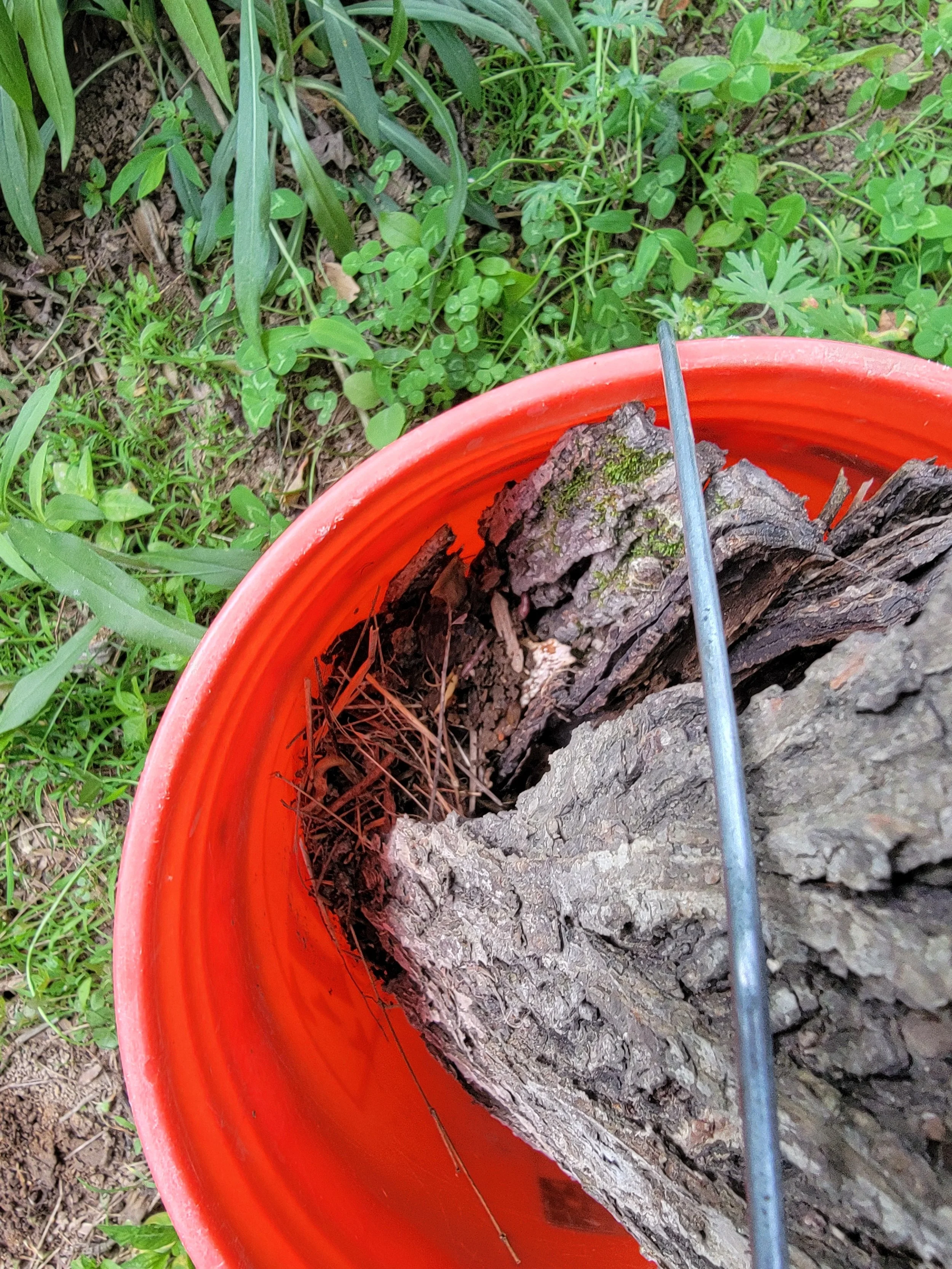Local Harvesting Worms
Local Vermiculture
Every now and then, I come across something that just works. No fuss, no fancy tools, just observation, patience, and a bucket.
That’s what this is. A bucket of life.
I keep it tucked in the shade, somewhere cool and quiet. Inside is a mix of bark, soft rotting wood, a little soil, and whatever forest floor debris I’ve gathered. Occasionally, I’ll splash a bit of water in to keep it damp, but otherwise I let it be.
When I’m out working on a new project, maybe laying out a garden bed, pulling back old boards, or moving logs, there’s a good chance I’ll find earthworms underneath. In fact, it’s rare I don’t. That’s when I go back to my bucket. I drop the new worms in, maybe add a handful of soil or a strip of bark from the area. It’s not high-tech. But it works beautifully.
One of the main reasons I harvest worms this way is to avoid introducing non-native or invasive species. There have been enough ecological surprises caused by “helpful” introductions that ended up causing more harm than good. Instead, I work with what’s already here. These are the native worms adapted to my land, my climate, and my soil biology. By building up their population naturally, I’m supporting the ecosystem that already exists without upsetting the balance.
Once the bucket is full, crawling and thriving, I use it to start a new worm bin. It might go into a compost setup or a garden bed I want to inoculate with life. Sometimes I just use it to recharge a section of tired soil.
This isn’t fancy vermiculture. It’s the slow harvest of the helpers already at work beneath our feet.
Because sometimes, the best worm farm is already out there, just waiting under a piece of old wood.







